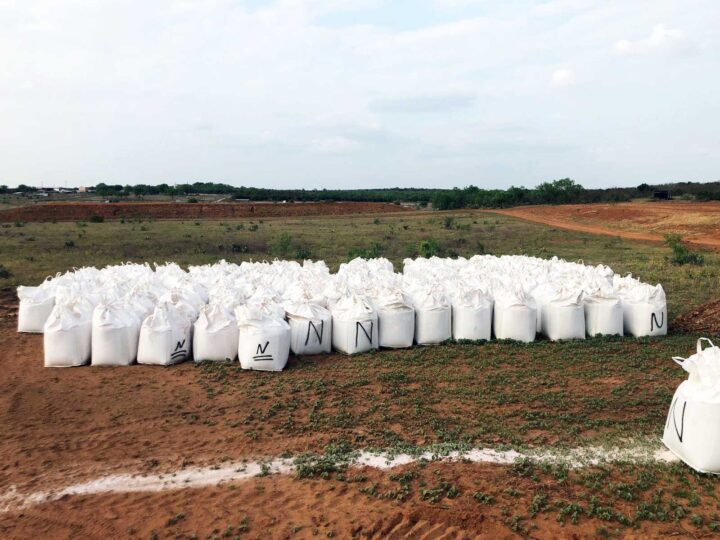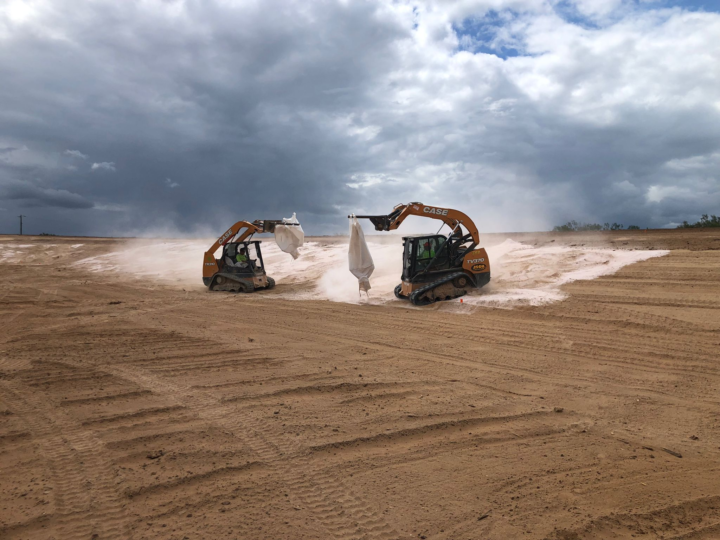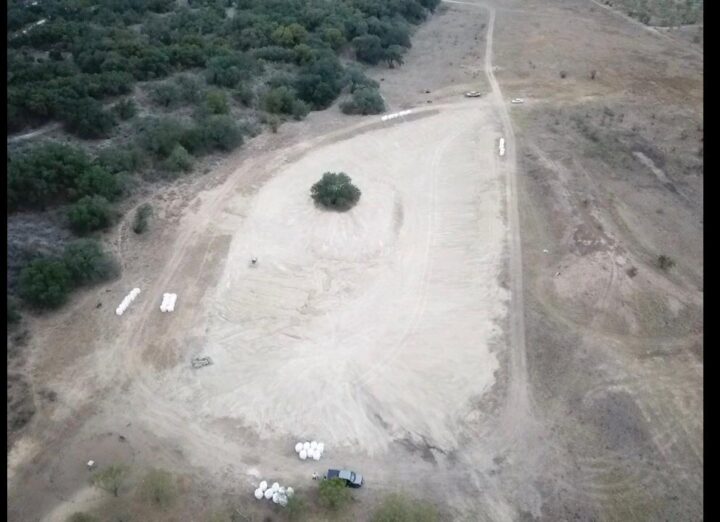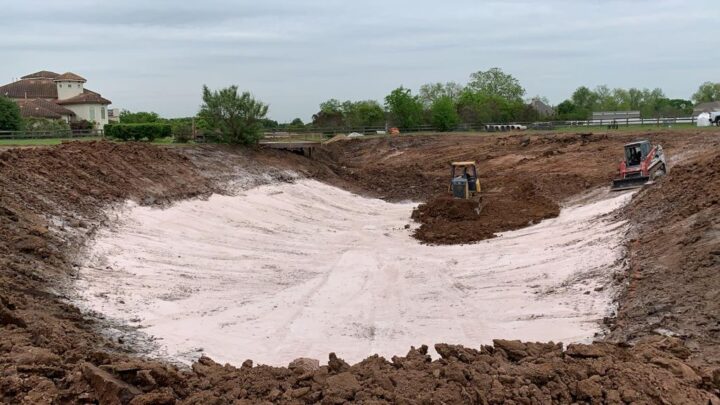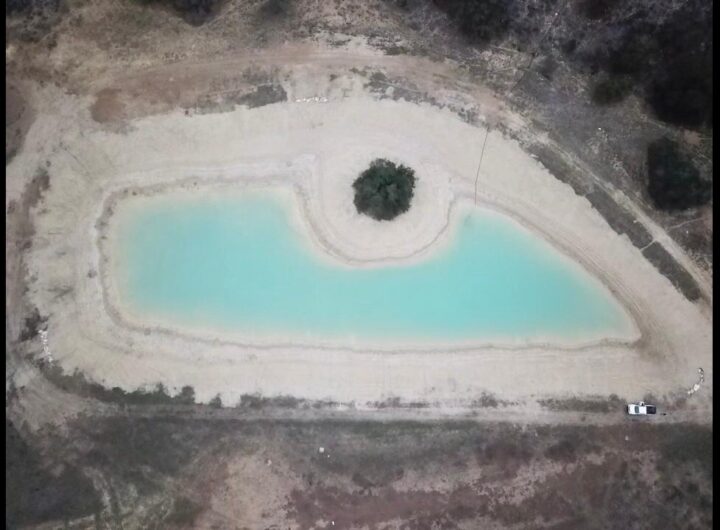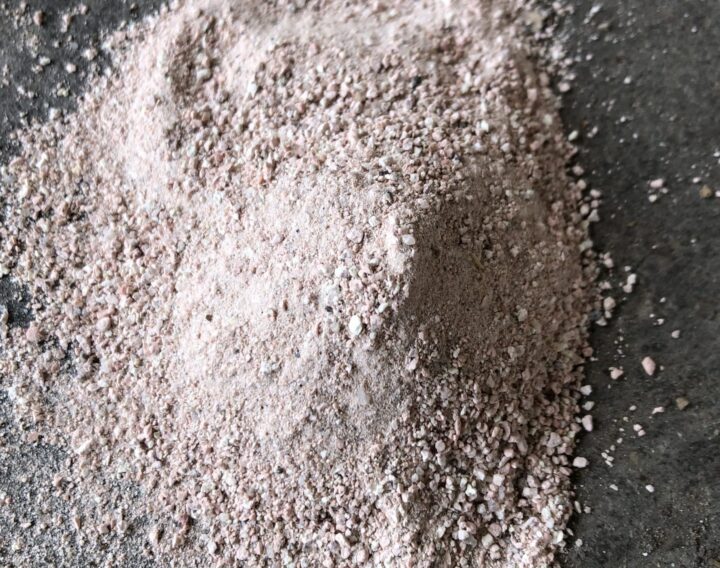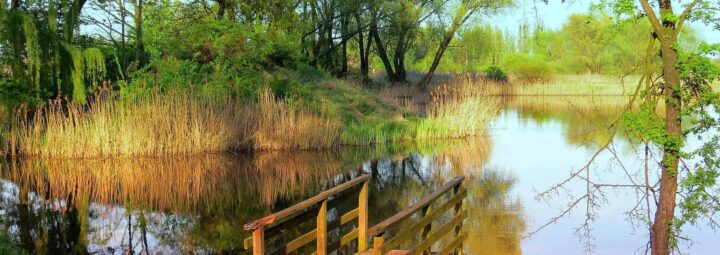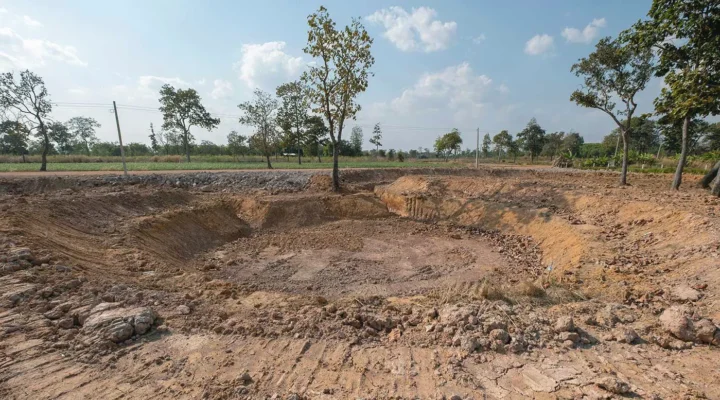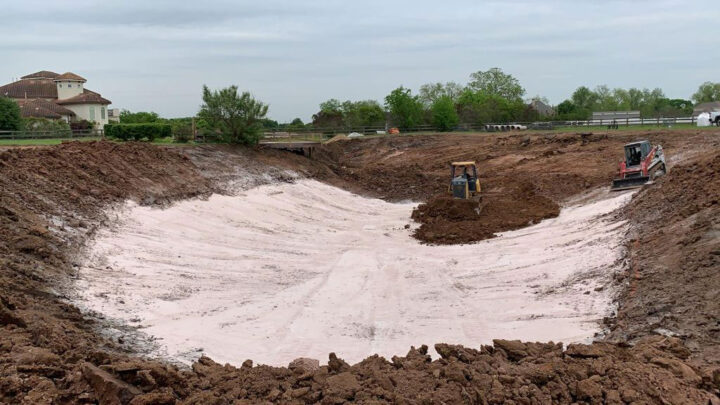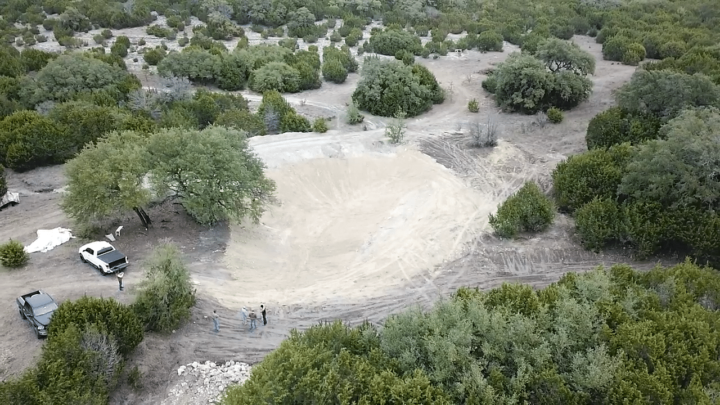Art is an engineer, every other weekend fisherman, passionate about ponds. Over 15 years experience in pond building, lining and repairing.
In general, the application rate for bentonite varies from 2 to 6 lbs per square foot of area. However, sometimes is difficult to visualize how much bentonite to seal a pond, so we’ll try to help you visualize how much bentonite is needed for some common pond sizes.
Lonestar Minerals has been offering bulk bentonite for ponds and bentonite application services for over 20 years in Texas and the United States. Over this time, we have noticed a trend with inquiring customers for whom bentonite hasn’t worked in the past.
To seal a pond with bentonite you need to know your pond width and length, deepest point, and the type of soil. However, if your pond has a single leaking point and is very clear where is it, you will not need to seal the whole pond, it is recommended but not if the leak is not too big. Contact our experts, they will assist you to estimate the amount of bentonite that your pond needs.
A new bentonite pond liner installation is quite easy in concept. While there are some variables and restrictions that need to be kept in mind during the installation, is an excellent project for DIY people.
Sodium Bentonite Clay Pond Liner is one of the best pond lining methods currently available. Why? It is natural, safe for life, inexpensive and highly efficient. Decidedly, a great combination of factors. Is it the right pond liner for your pond?
So, what is sodium bentonite? Sodium bentonite is an effective pond sealant, an anti-odor agent for cat litter, a cleansing agent in wastewater treatment and a bonding agent in foundry sand. It is widely used as a drilling mud additive for the oil and gas industries, for pelletizing iron ore, as a sealer for irrigation ditches, wells, sewage lagoons and landfills and in many other industries.
A retention pond in a farm or ranch helps manage possible flood risk and provides water all year round for the activities in the area. Retention pond construction isn’t a simple or easy task. There is a lot to be taken into account when building a retention pond, especially in places where it will not only aid flood control but will serve a purpose like irrigation in farmlands or providing water for animal breeding. Let’s learn a little bit about what’s required to build a retention pond.
“Ponds have been a part of the working landscape since agriculture emerged. Since water is the basis of productive biological systems, retaining and distributing this storehouse of fertility and life within a landscape is key to the success of any operation.” – Ben Falk
Bentonite pond sealant is a powdered mineral clay that will blend seamlessly with the ecology of your pond. It is free of chemical additions or hazardous materials, therefore you can safely hold it in your hands, use it for a fish or a duck pond, or a wildlife pond. It is especially ideal for stock and farm ponds because it won’t be damaged by the steps and weight of the stock.
If you have nearby vegetation, it is also a great option, because if the plants can’t or won’t be removed, you can arrange the bentonite over it and it will significantly reduce the water seepage, if not eliminate it, without any damage to the ecosystem.
To answer the question “Where to buy bentonite clay for ponds?” look for competitive pricing, extensive expertise, great quality and superb service.

